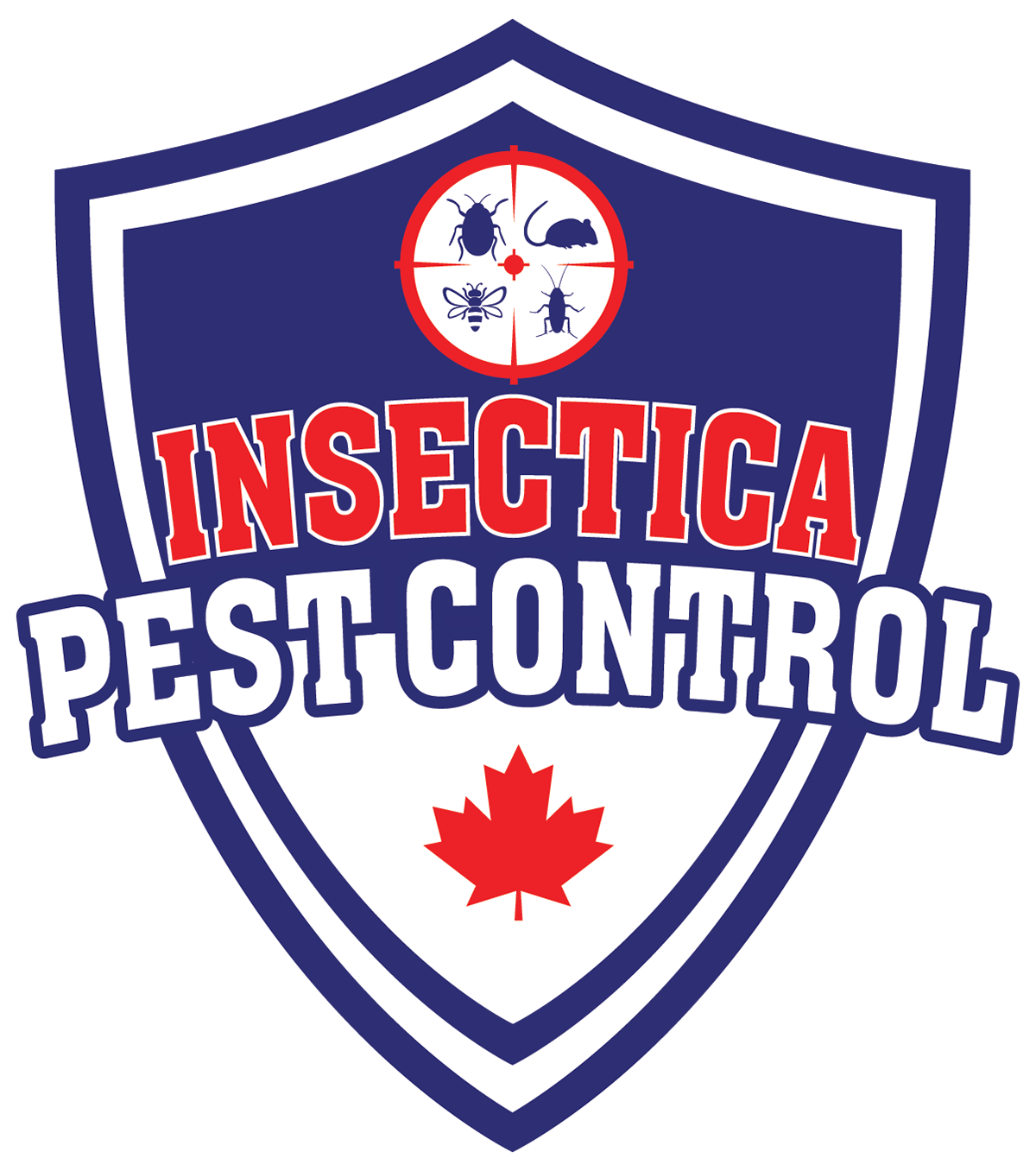Ant Pest Control
Ants rank among the most widespread household pests across Canada. These highly social insects live in well-structured colonies and maintain a relentless foraging behaviour in their pursuit of food and moisture. Kitchens, pantries, and damp spaces such as bathrooms frequently attract their attention. While the majority of ant species pose no direct threat, certain varieties like carpenter ants can inflict serious structural harm by burrowing into wooden foundations. Infestations typically originate outdoors, but once ants establish an indoor nest, eliminating them without professional intervention becomes an uphill battle. A key challenge in ant control is their use of pheromone trails, which allow the colony to follow scent paths to food sources. This means simply killing visible ants does little to resolve the underlying issue. Effective management requires a thorough inspection to pinpoint nesting sites and assess the severity of the problem. Treatment strategies vary depending on the species and nesting behavior. While store-bought sprays may provide short-term relief, sustainable eradication usually involves baiting systems, perimeter barrier treatments, and expert advice to block re-infestation and prevent future invasions.
FAQs
Which ants most often invade Toronto/Ontario homes and yards?
The big three inside structures are carpenter ants (can damage wood), pavement ants (nuisance mounds along slabs, driveways and patios), and Pharaoh ants (tiny, yellowish indoor ants that form many colonies). Odorous house ants and little black ants also trail to sweets indoors. Yards commonly host pavement ants; some regions of Canada also report European fire ants outdoors, whose painful stings make lawns unusable where established. Correct ID matters—carpenter ants need moisture/source correction; Pharaoh ants require bait-first programs; pavement/odorous house ants hinge on sanitation and sealing. (Canada.ca)
Carpenter ants vs. termites—how do I tell the difference?
Carpenter ants have a pinched “waist” and elbowed antennae; termites have straight antennae and thicker waists. Carpenter ants excavate smooth, clean galleries in moist or water-damaged wood but don’t eat the wood; termites feed on it. Piles of sawdust-like frass, rustling inside voids, and large dark ants (often with winged swarmers in spring) point to carpenter ants. When in doubt, collect a sample or photograph and get a professional ID—structural decisions depend on it. (Canada.ca)
What are reliable signs of a carpenter ant problem?
Do carpenter ants really damage homes?
Yes. They excavate wood for nesting and can compromise trim, window frames, and structural members over time—especially where wood stays damp. Addressing water problems (leaks, poor drainage, wet framing) is as important as treatment. Early intervention limits repairs; long-running infestations can require carpentry plus pest control. (Canada.ca)
What’s the best way to get rid of carpenter ants?
Why do Pharaoh ants require a different approach?
Pharaoh ants bud—colonies split into new nests when stressed. Repellent sprays can make them scatter and worsen the problem. Control relies on a bait-first, non-repellent strategy across all foraging trails, with careful sanitation so bait outcompetes food. Multi-site buildings (apartments, healthcare) need coordinated IPM and patient follow-up. (University of Minnesota Extension)
Are ants just a nuisance, or a health risk?
Pavement ants keep making mounds in my patio and garage—what works?
What about “flying ants”—should I worry?
Why do ant problems return after a quick spray?
Sprays kill visible foragers but often miss queens and brood. In Pharaoh ants they may cause budding (more nests). Even for other species, if food, water, and entry routes remain, trails restart. Sustainable results come from IPM: species ID, baiting or non-repellent controls as appropriate, sealing and moisture repair, plus sanitation that removes what ants are following. (University of Minnesota Extension)
What immediate DIY steps help before service arrives?
Clean up crumbs/grease, store food in sealed containers, empty/close bins, and seal entry cracks at baseboards, windows, and utility lines. Wipe trails to disrupt pheromones. If you use a product, in Canada choose only those with a PCP registration number and follow the label exactly. Avoid indiscriminate spraying for Pharaoh ants—use baits instead. (Canada.ca)
What is Integrated Pest Management (IPM) for ants?
Are treatments safe around kids and pets?
Licensed providers select methods and placements to minimize exposure, and they follow Canadian labels. If you DIY, use only products with a Health Canada PMRA PCP number, read the label front-to-back, and observe re-entry or ventilation directions. Keep treatments away from toys, dishes, aquariums, and flowering plants that attract pollinators. (Canada.ca)
How long until an ant infestation is resolved?
Timing depends on species and building complexity. Pharaoh ants need weeks to months of baiting and monitoring to reach all colonies. Carpenter ants typically improve soon after the nest/moisture source is found and treated, but satellite nests can prolong work. Pavement/odorous house ant issues often drop quickly once food sources are removed and entry points sealed. Consistent follow-ups lock in the result. (University of Minnesota Extension)
What makes odorous house ants different?
Do ants stay active in winter?
Are there stinging “fire ants” here?
Who handles ants in rentals or condos?
In Toronto, property standards require rentals be kept free of pests. Tenants should notify landlords in writing and cooperate with preparation; building management should coordinate building-wide IPM for species like Pharaoh ants that spread through chases. If issues persist, residents can contact 311 for next steps. (City of Toronto)
